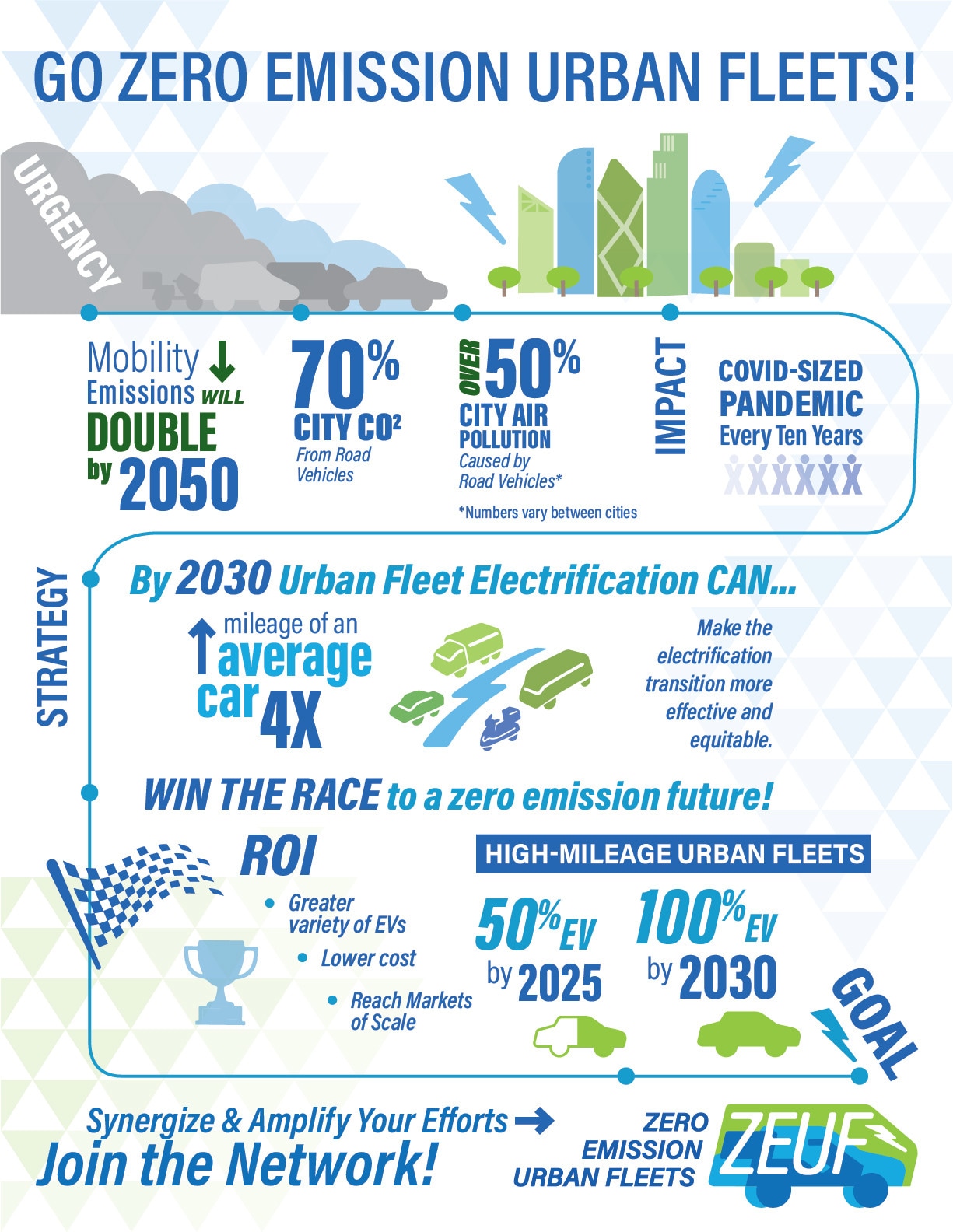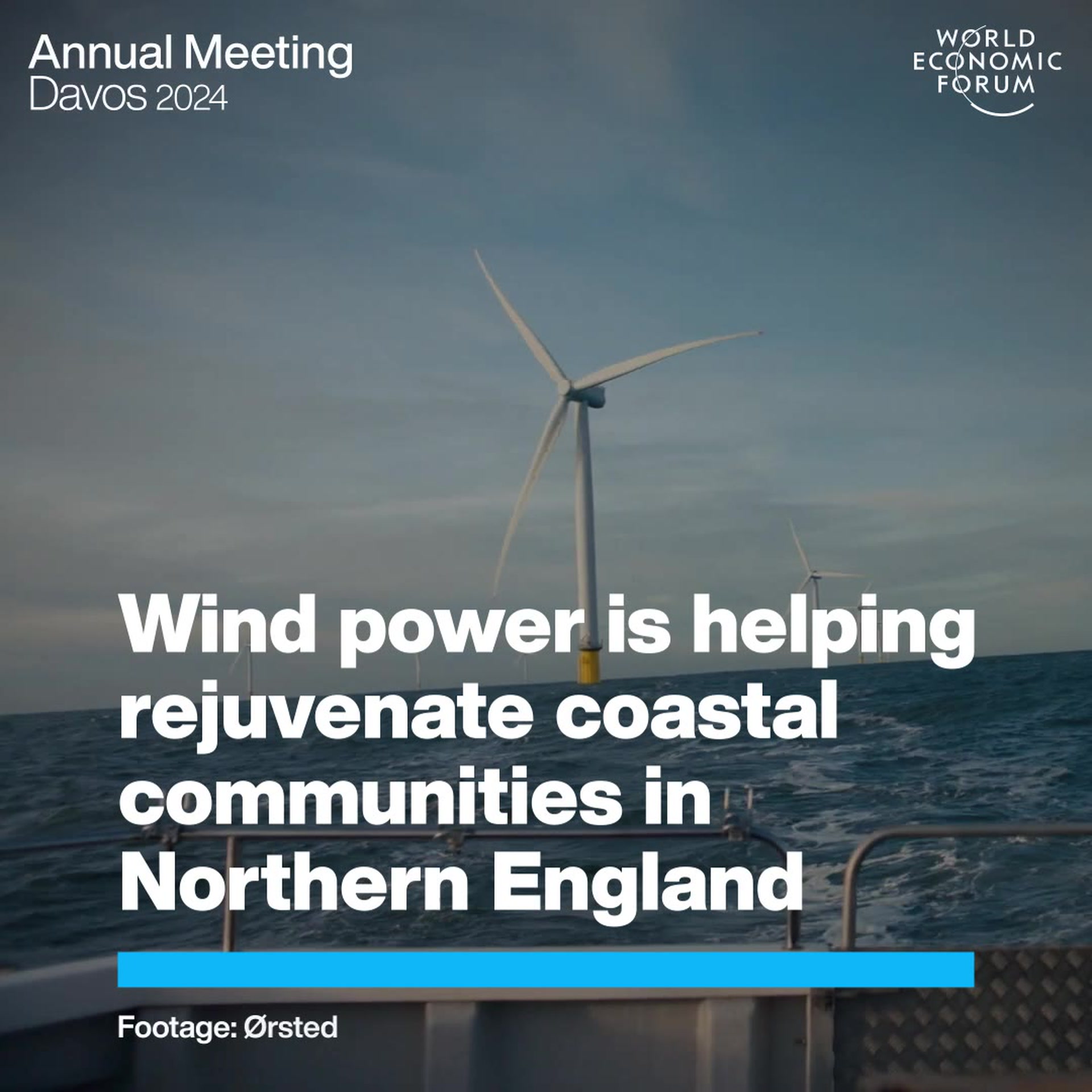Want an EV but concerned about range? New study matches drivers' needs with vehicles

Policymakers must introduce more charging stations for EVs. Image: Pexels/Kindel Media
Paige Bennett
Writer, EcoWatch
Get involved with our crowdsourced digital platform to deliver impact at scale
Stay up to date:
Electricity
- A new study hopes to ease potential EV drivers' concerns by showing them which vehicles could work best for their needs.
- It found that about 25% to 37% of drivers could meet all their driving needs in EVs with smaller batteries and a range of about 143 miles.
- This debunks the idea that we can’t transition away from fossil fuel-powered vehicles until we have EVs with large batteries, reports EcoWatch.
- The findings also mean many drivers could transition to less expensive EVs, about $10,000 cheaper than EVs with big batteries.
While the EV charging network in the U.S. is quickly expanding, many drivers have been hesitant to make the switch to fully electric vehicles, for fear of becoming stranded with a car that has run out of juice. But a new study hopes to ease those concerns by showing consumers which EVs could work best for their needs.
The study, led by researchers from the University of Delaware in collaboration with researchers at Dalhousie University and Georgia Institute of Technology, analyzed the driving data of 333 gasoline cars over one to three years. From there, the team compared this data to EV capabilities based on differing vehicle characteristics, like battery size and recharging power, as well as EV charging stations.
“What we did was figure out how much people drive a year, distinguishing every single trip and stop, and then overlaid that with all the possible EVs you could buy,” Willett Kempton, lead author and professor of marine science and policy and of electrical and computer engineering at the University of Delaware, said in a statement. “If you know how far you need to drive, our data on range and charging speed will tell you what EVs will work for you.”
The research, published in the journal Energies, noted that about 25% to 37% of drivers could meet all their driving needs in EVs with smaller batteries and a range of about 143 miles and by recharging at local charging stations, like at home and work.
According to Kempton, this point debunks the idea that we can’t transition away from fossil fuel-powered vehicles until we have EVs with large batteries and faster charging. The findings also mean many drivers could transition to less expensive EVs, about $10,000 cheaper than EVs with big batteries. Smaller batteries are also more sustainable.
“A lot of the news lately has been around EV range getting longer and longer, but the fact is, if a lower-range car will do, it’s going to be better for the customer’s wallet and for the environment,” Stephanie Searle of the International Council on Clean Transportation told Inside Climate News. “Lower range means smaller batteries, and that reduces the upstream environmental impact from mining and battery production. Smaller batteries also means more efficient EVs that cause lower (greenhouse gas) emissions from electricity production.”
How is the World Economic Forum helping to scale vehicle electrification?
For those who do drive longer distances or travel frequently, making some slight adaptations can help their EVs go the distance. Namely, they may need to make an extra stop to charge the car. And for EVs with big batteries, most drivers still did not reach the upper limits of the longer range, easing further EV range anxiety.
Although the research does determine that many drivers could transition to less expensive EVs with shorter ranges without requiring extra trips to charging stations, the study does point out the need for policymakers to introduce more charging stations, particularly along streets of urban areas, where many people may not have parking at their residences.
“We have to get the public sector matched up to what the private sector is doing,” Kempton said. “That way, when you drive your EV to work or to visit a friend or to go to the community center, you can find charging stations there to charge when you are stopped for a while anyway. If your housing requires street parking, there has to be charging there, too.”
Don't miss any update on this topic
Create a free account and access your personalized content collection with our latest publications and analyses.
License and Republishing
World Economic Forum articles may be republished in accordance with the Creative Commons Attribution-NonCommercial-NoDerivatives 4.0 International Public License, and in accordance with our Terms of Use.
The views expressed in this article are those of the author alone and not the World Economic Forum.
The Agenda Weekly
A weekly update of the most important issues driving the global agenda
You can unsubscribe at any time using the link in our emails. For more details, review our privacy policy.
More on ElectricitySee all
Francisco Laverón, Randolph Brazier, Natalia Zabolotnikova and Xabier Mugarza Zorriqueta
March 26, 2024
Johnny Wood
February 8, 2024
Cristen Hemingway Jaynes
February 5, 2024
Jamie Wylie and Adrienne Gibbs
January 18, 2024
January 17, 2024







